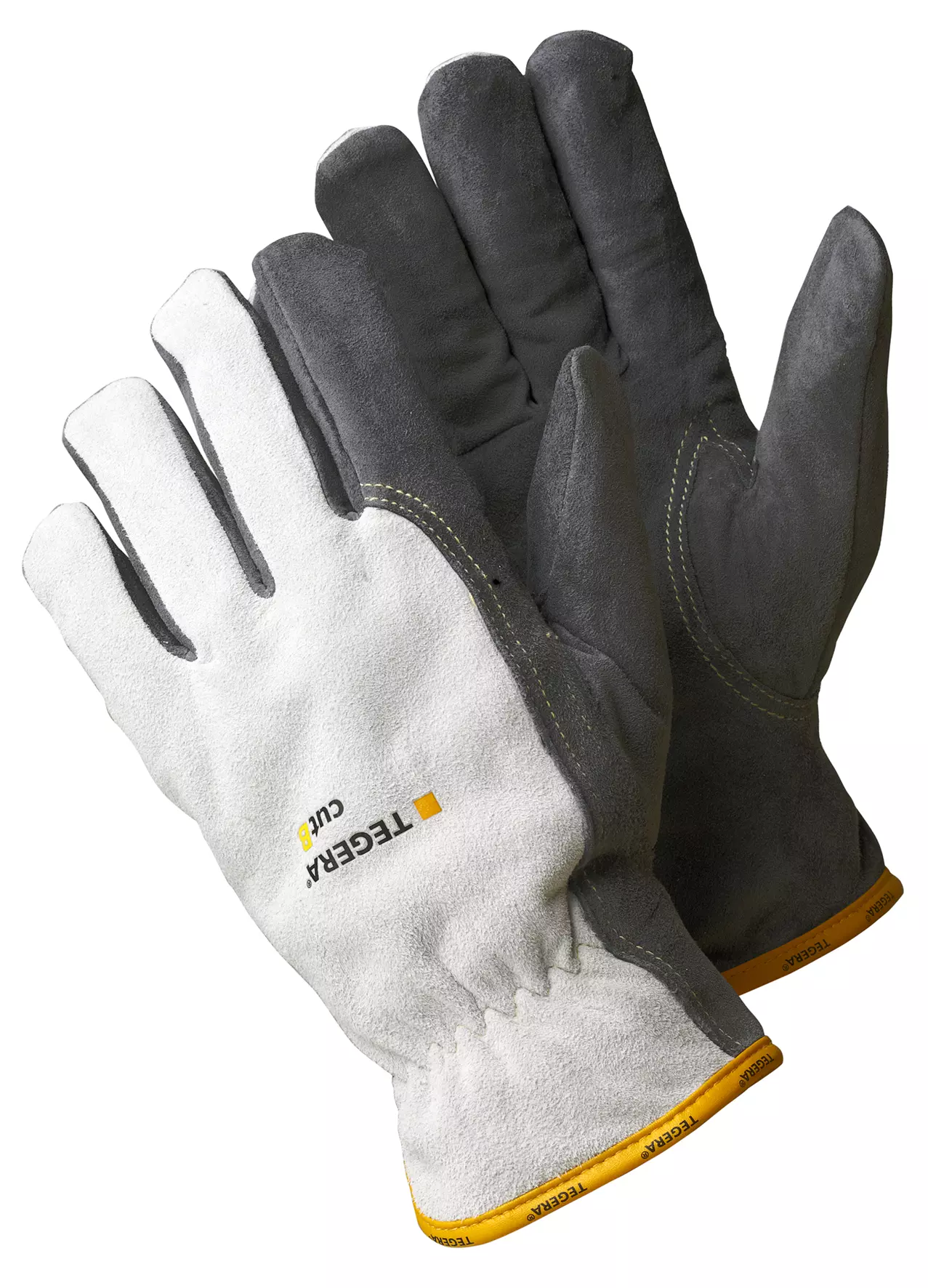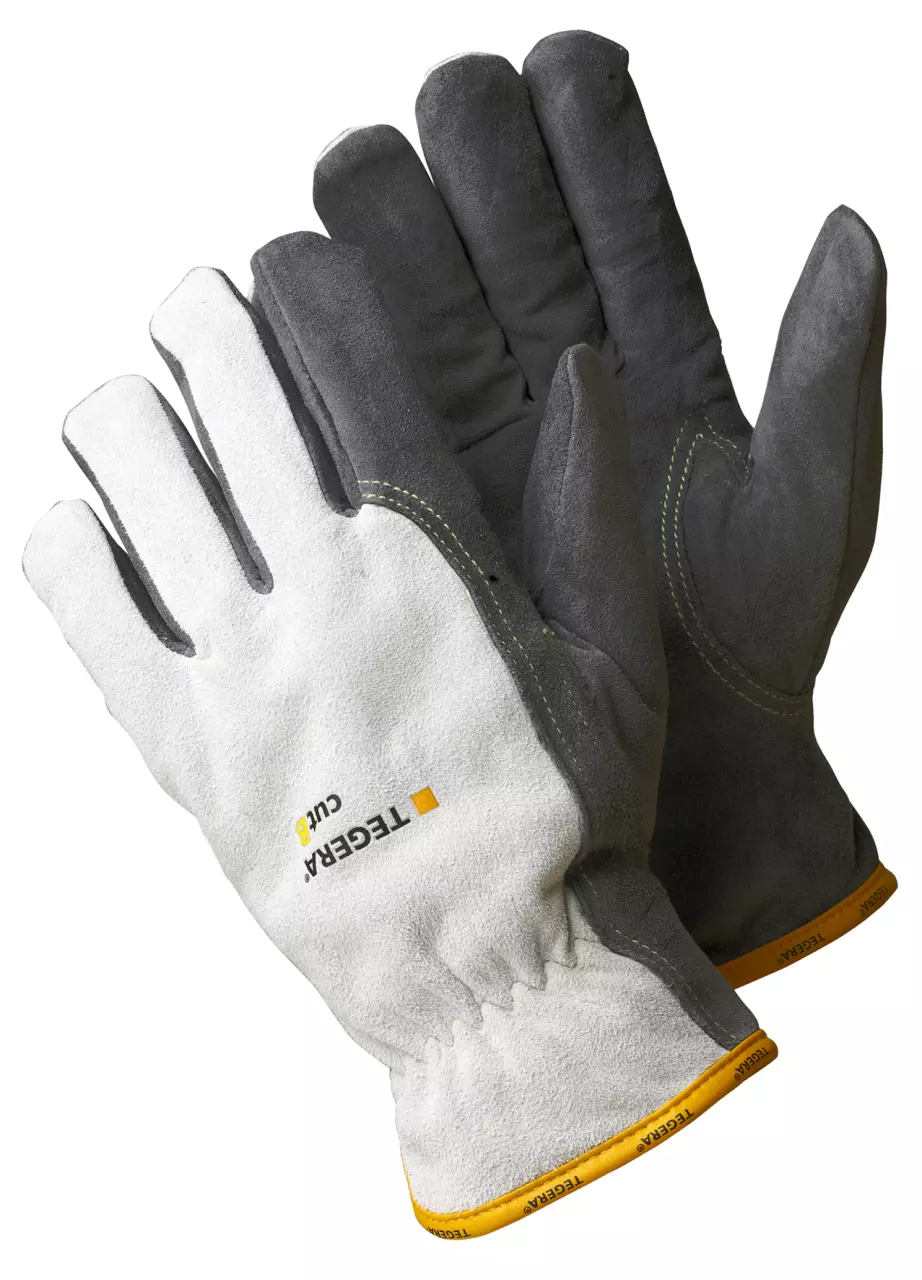
Features You'll Love

Cuff Style · Open
Determines how the glove secures around the wrist, affecting fit, protection from debris, and ease of putting gloves on and taking them off.
162,80 €
Price per 6 pairs
27,13 € / pair
Choose size
Free delivery
Features You'll Love

Cuff Style · Open
Determines how the glove secures around the wrist, affecting fit, protection from debris, and ease of putting gloves on and taking them off.
Product description
TEGERA® 256, Cut resistant glove, full lining, 0,45-0,55 mm full-grain leather, cut resistant class 3, cut resistant class B, KEVLAR® fibre, Cat. II, contact heat resistant up to 100°C, heat resistant stitch, reinforcement on index finger, water and oil repellent, installation work